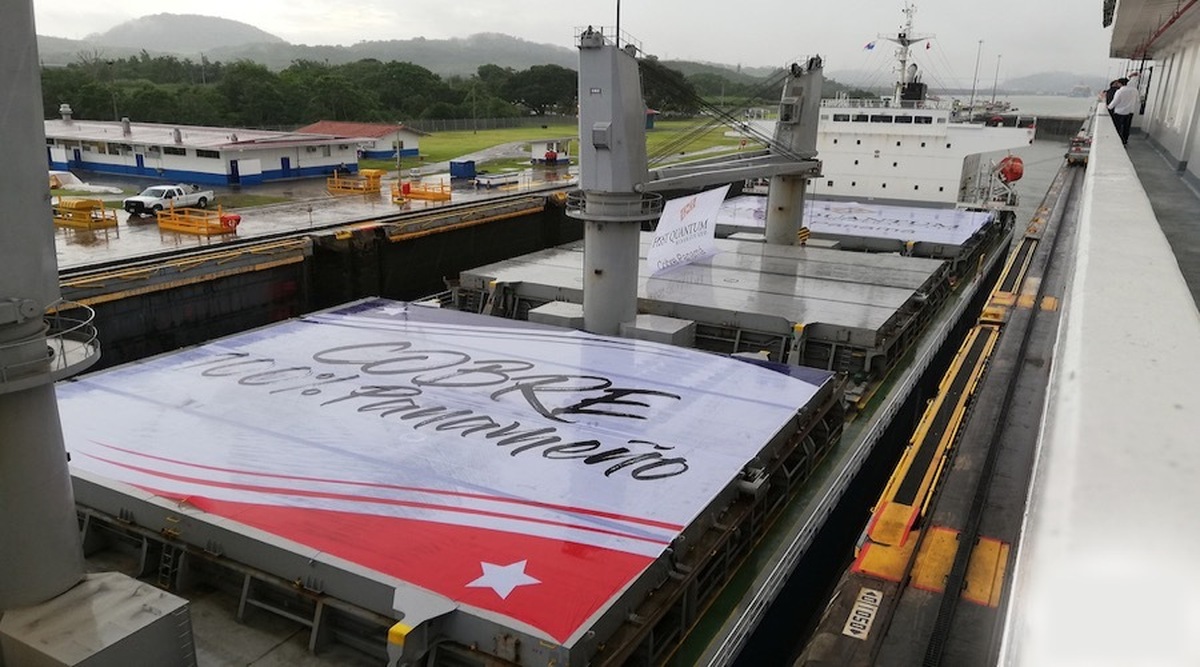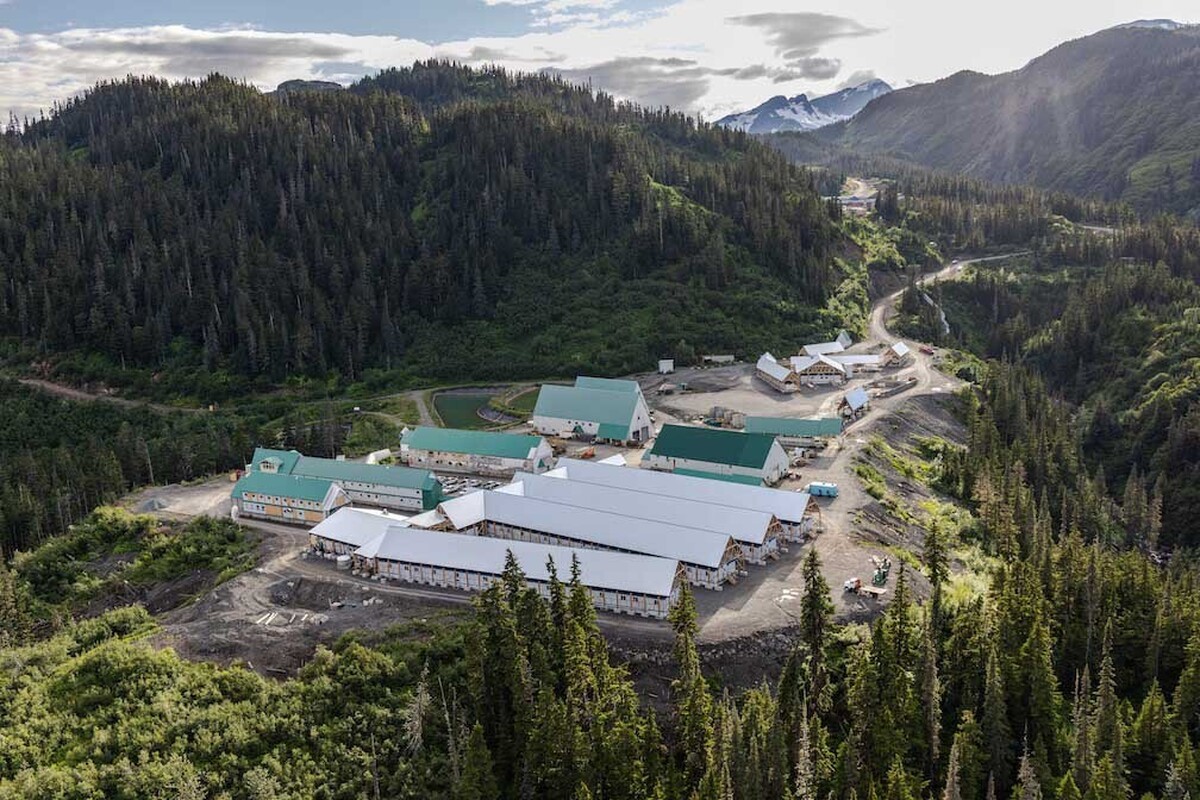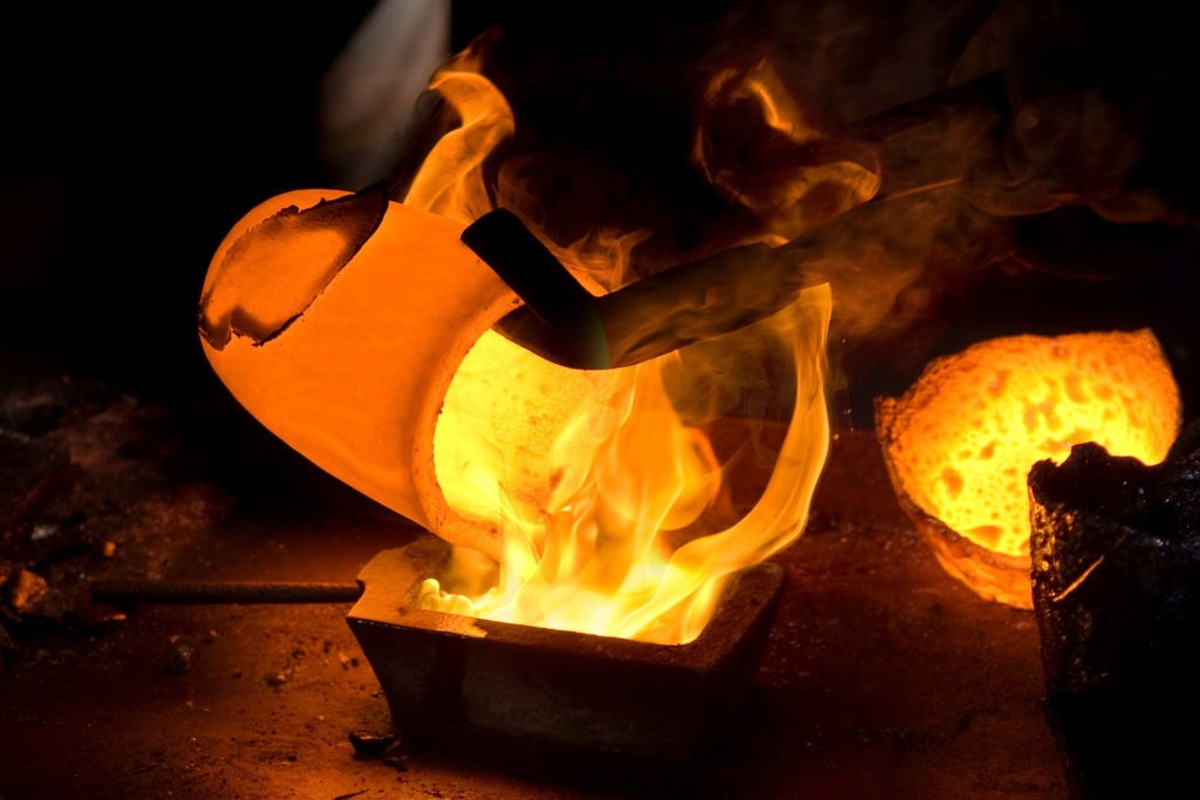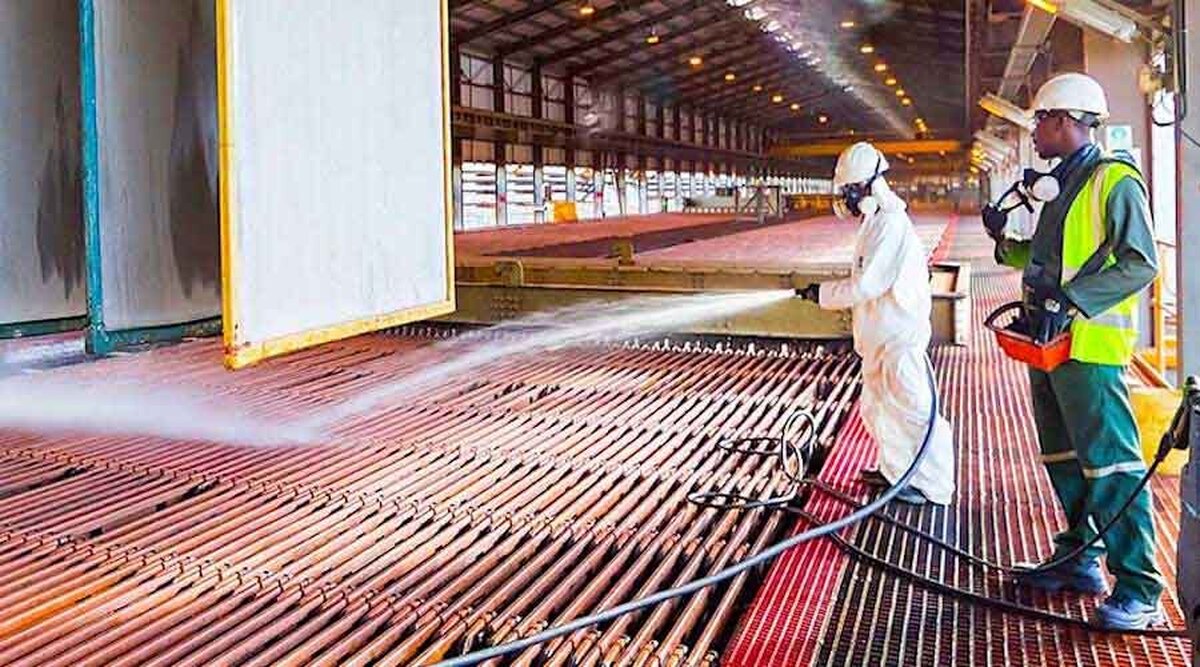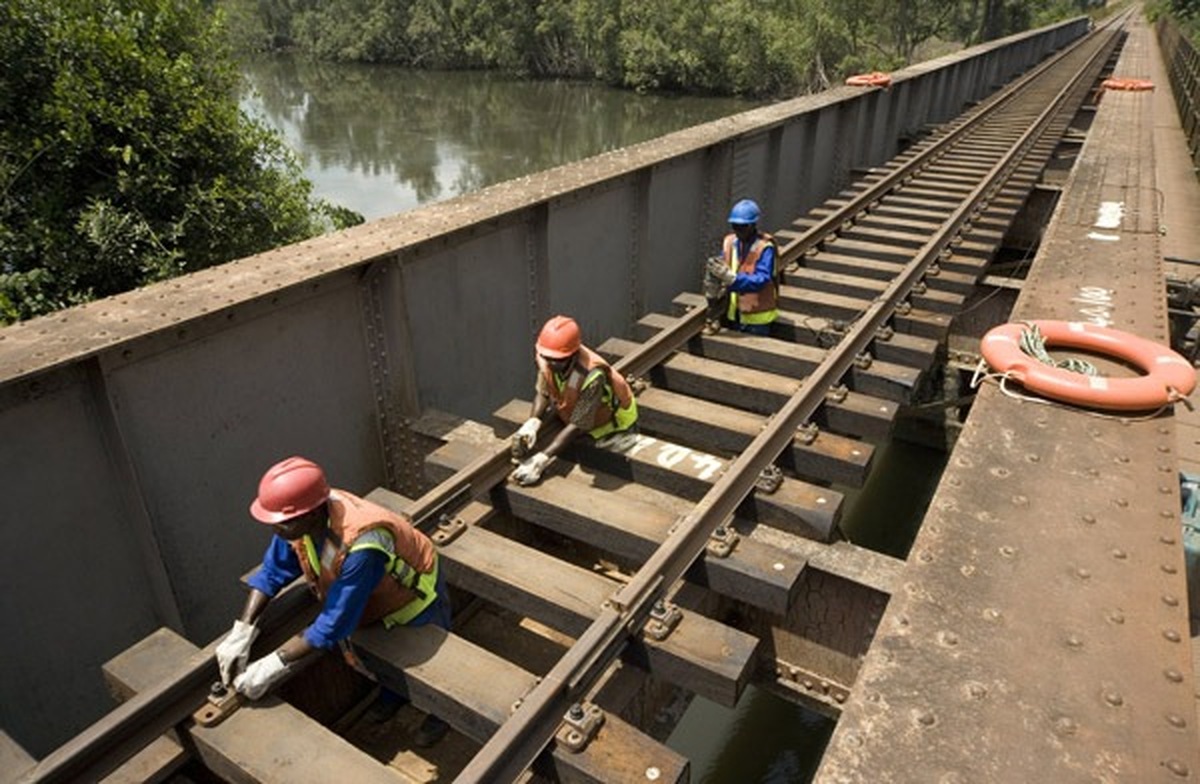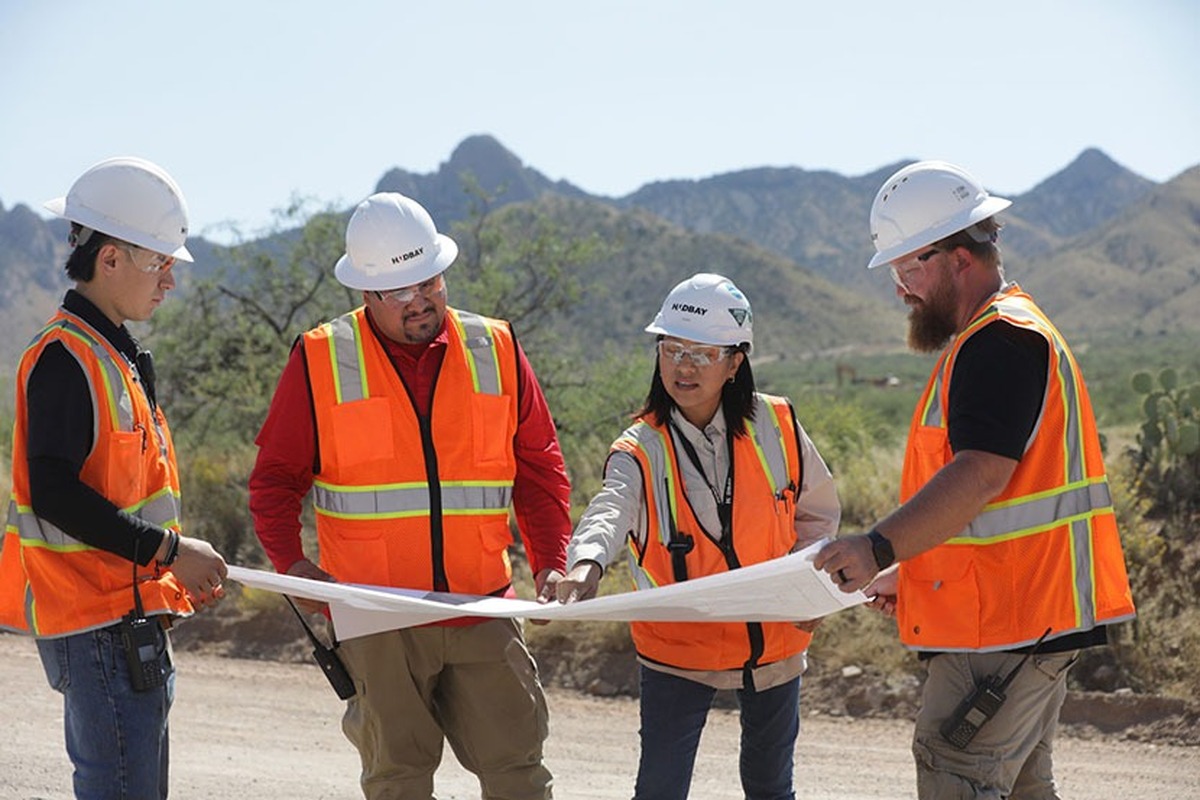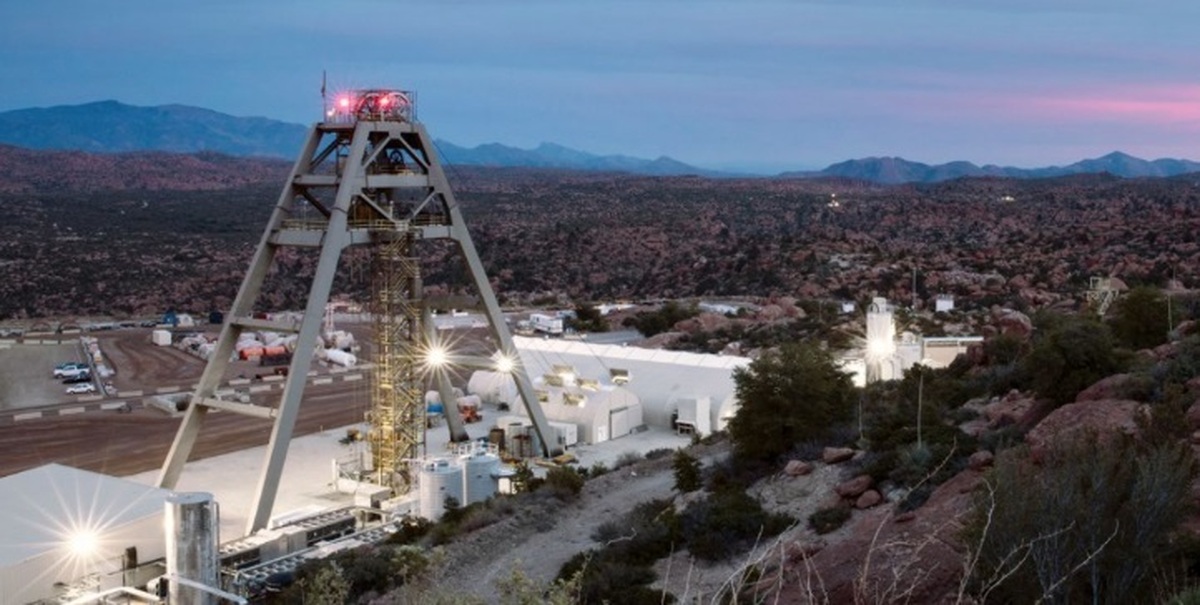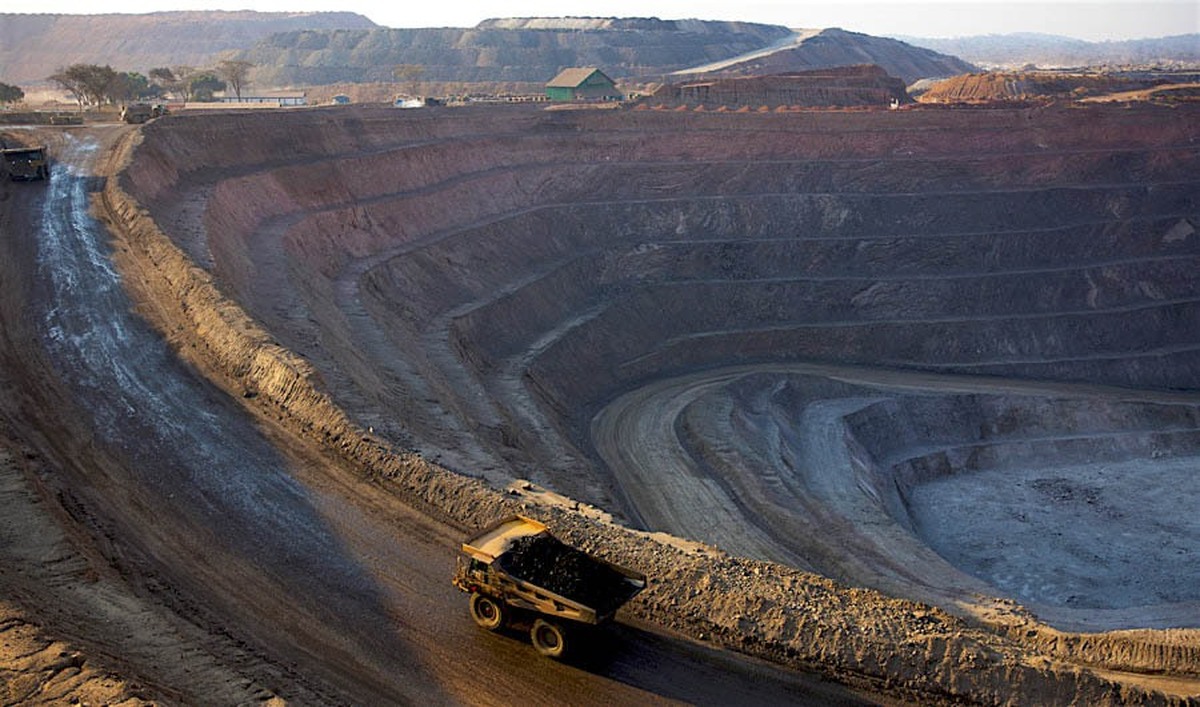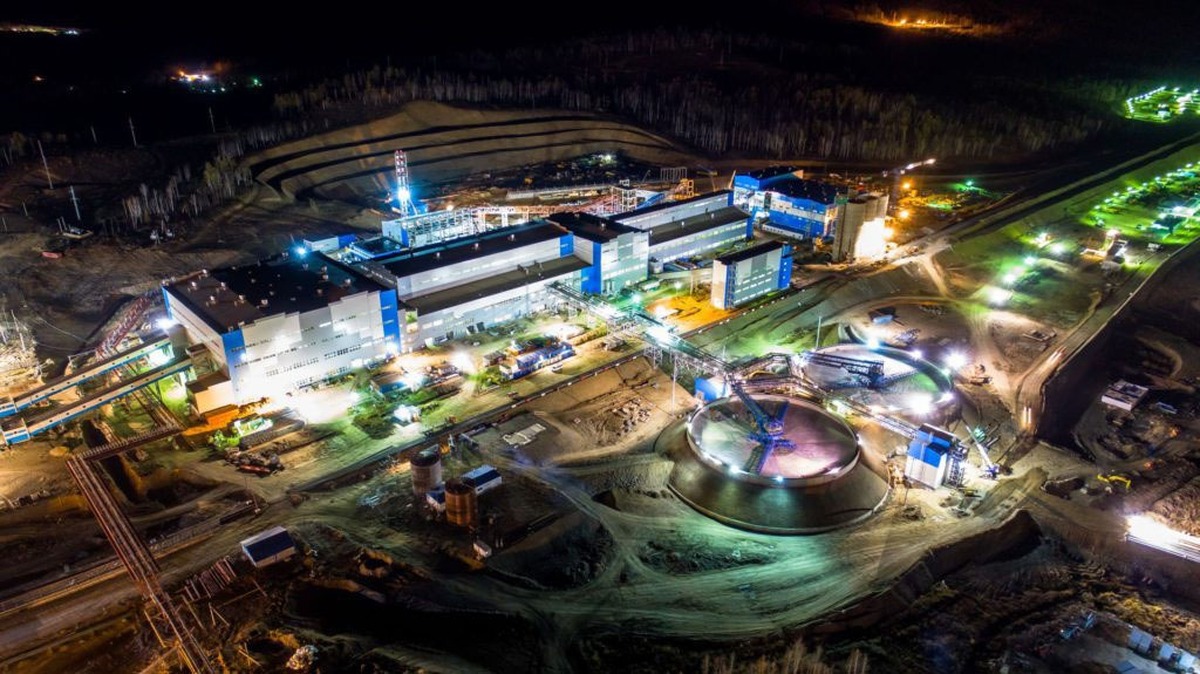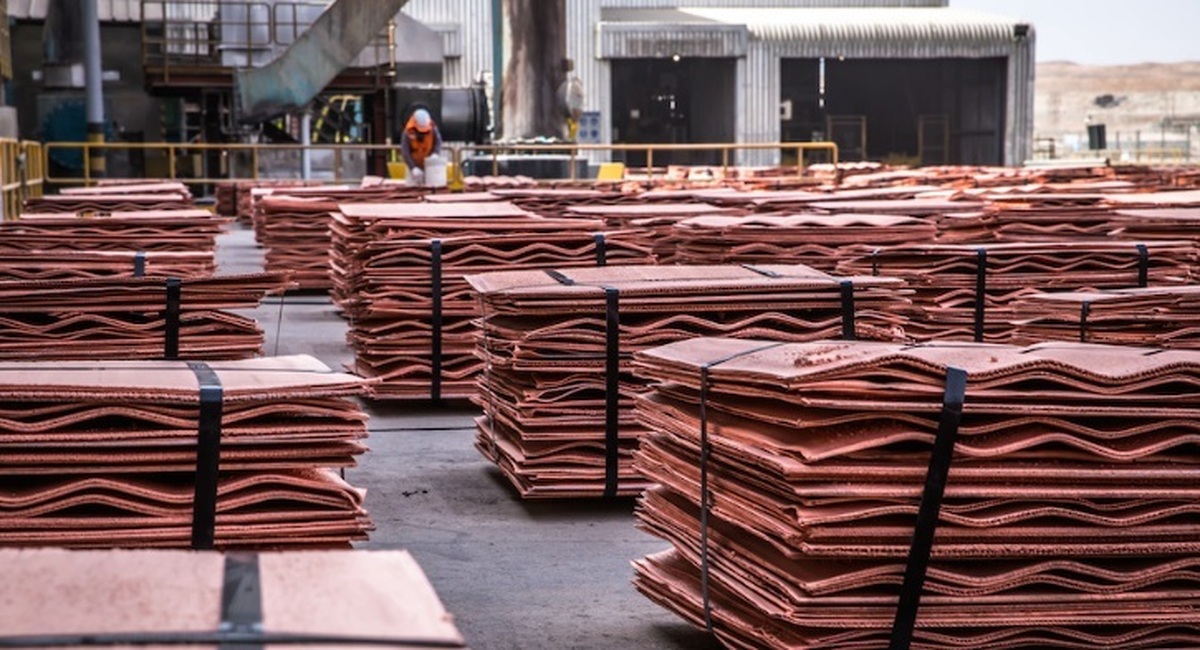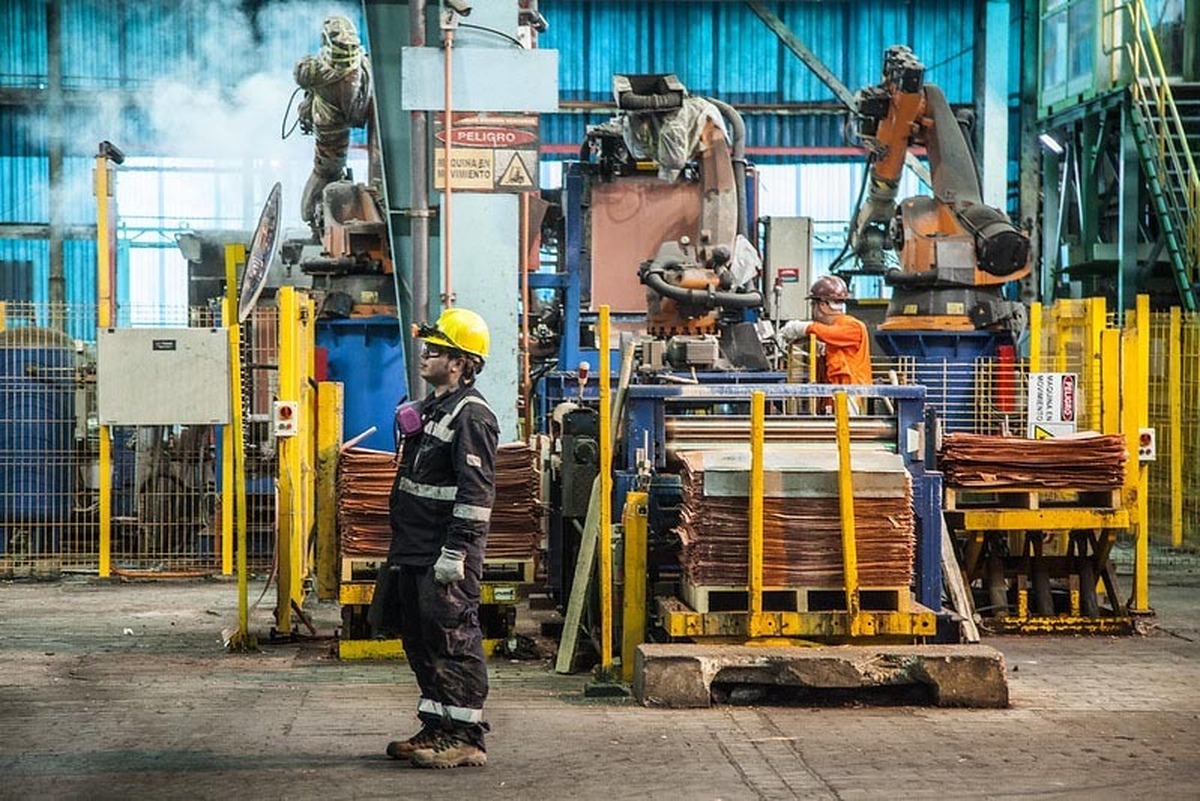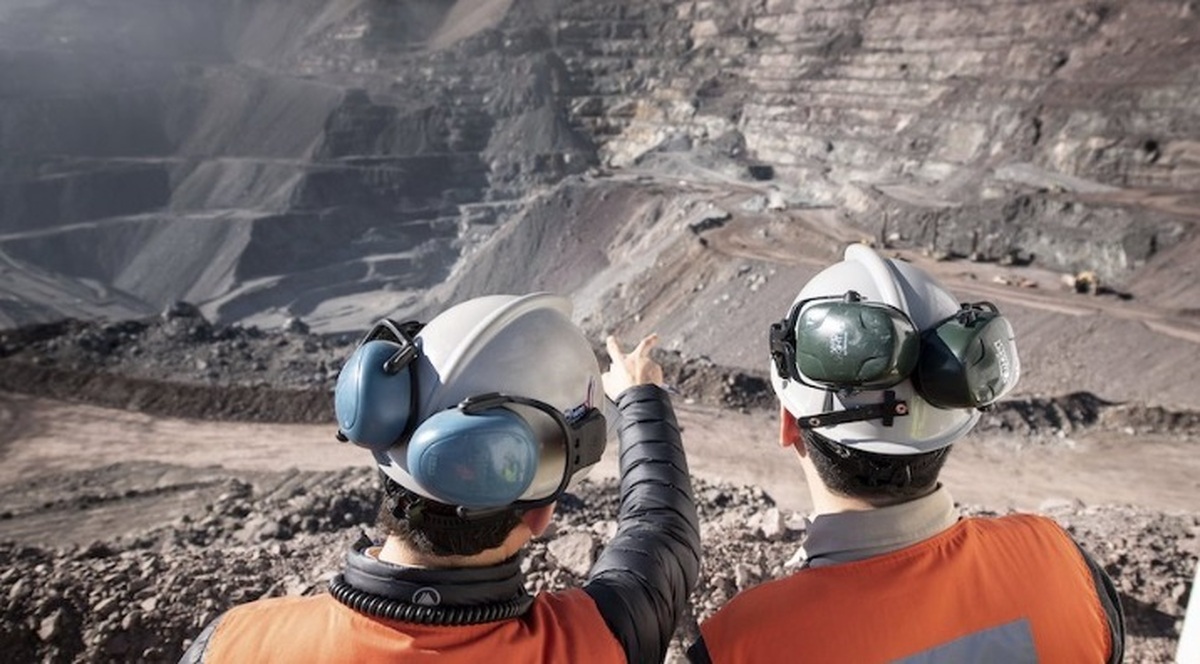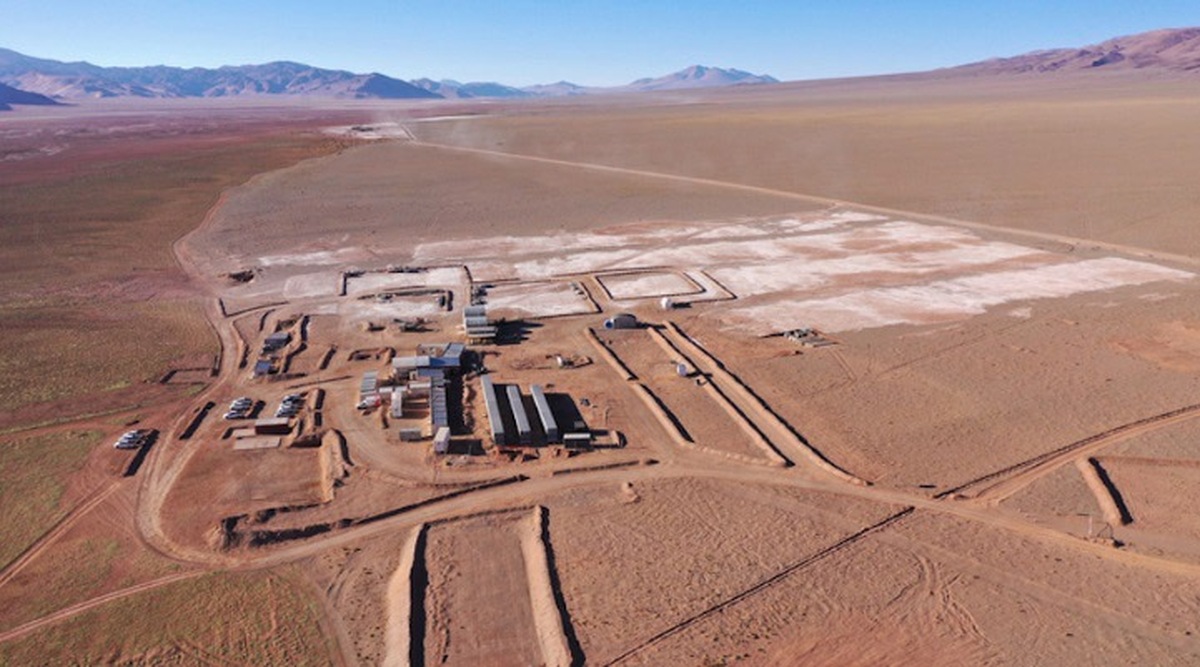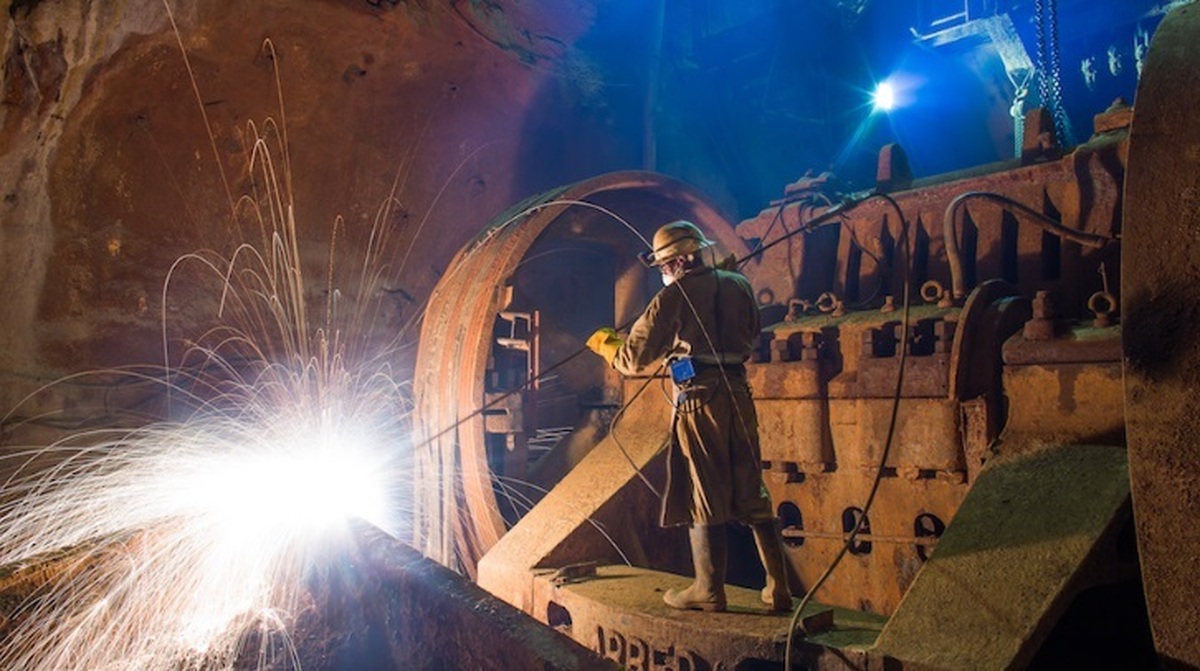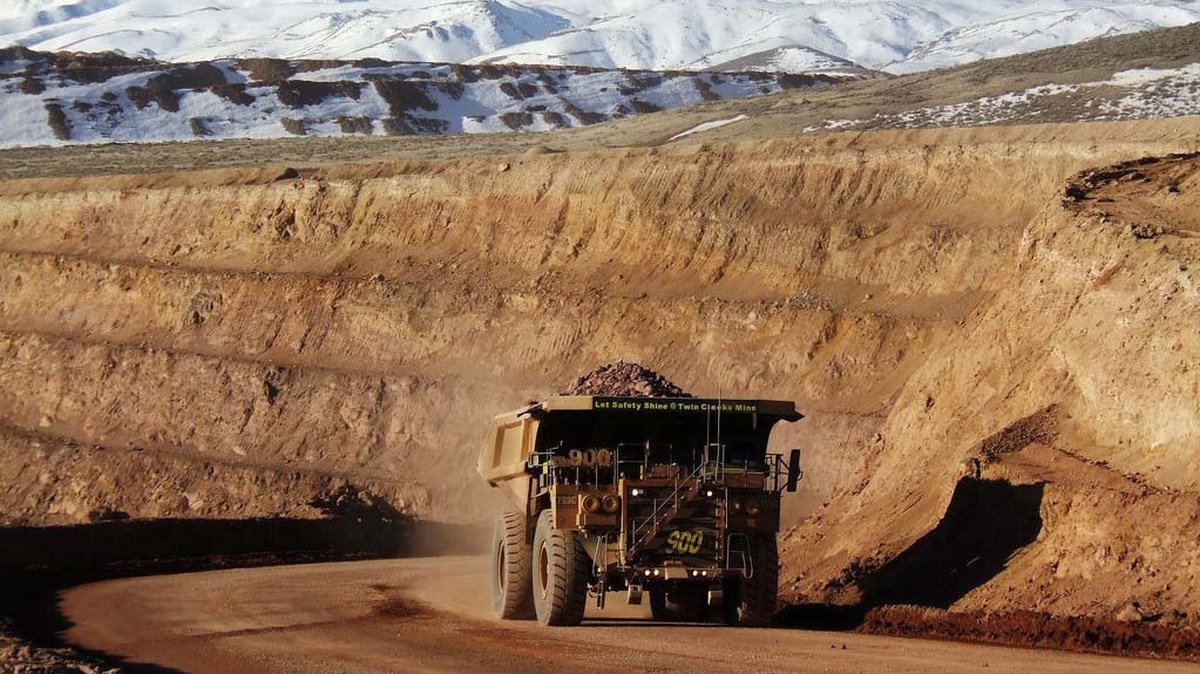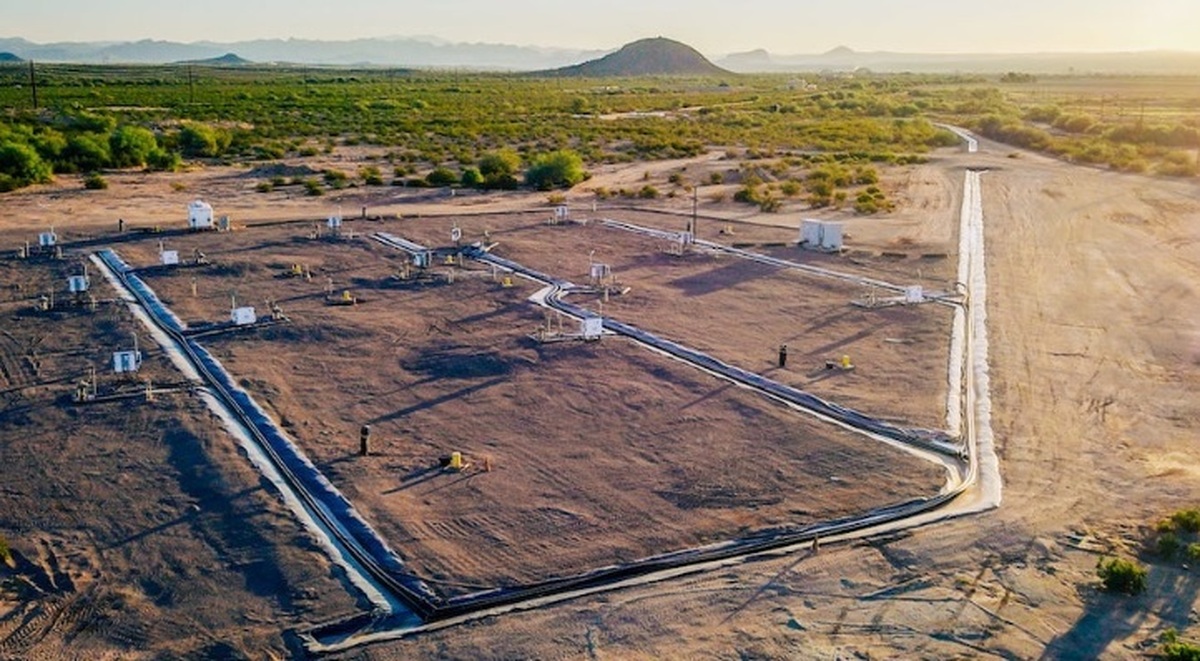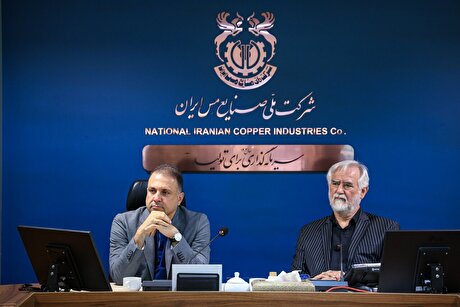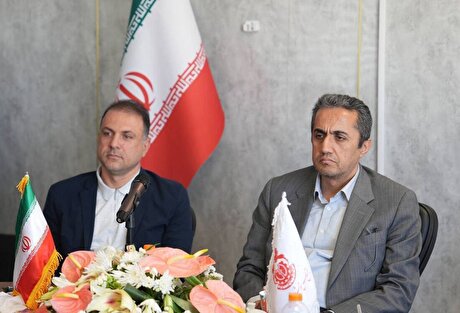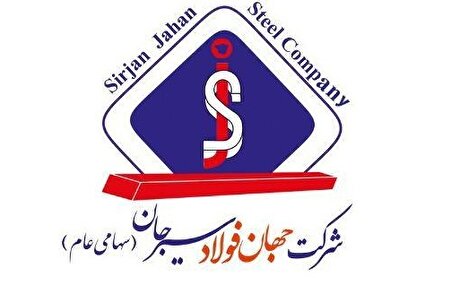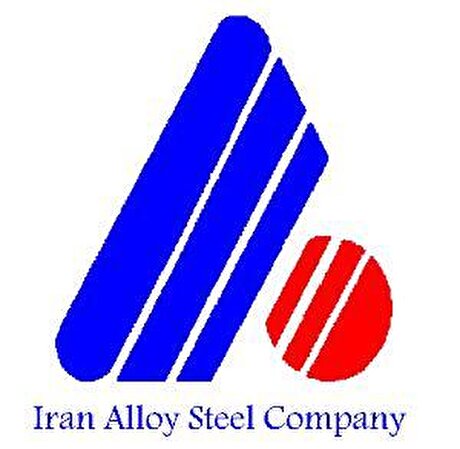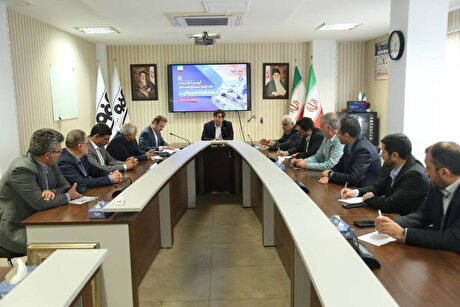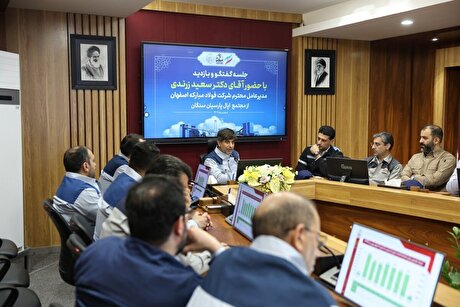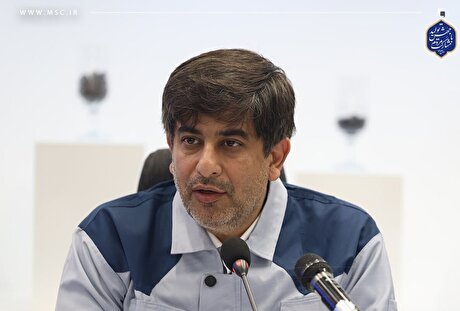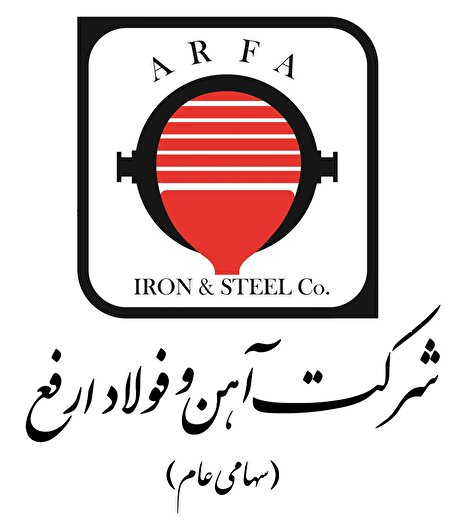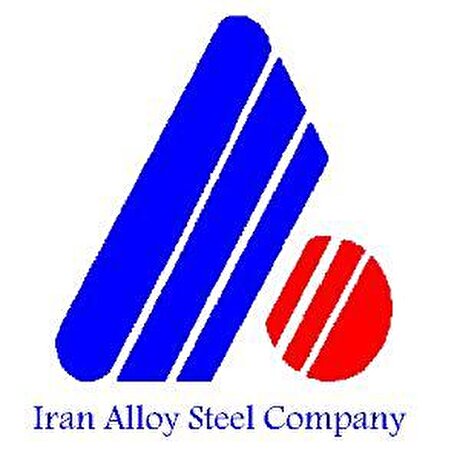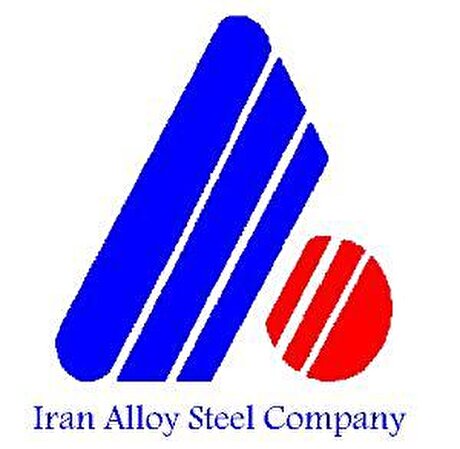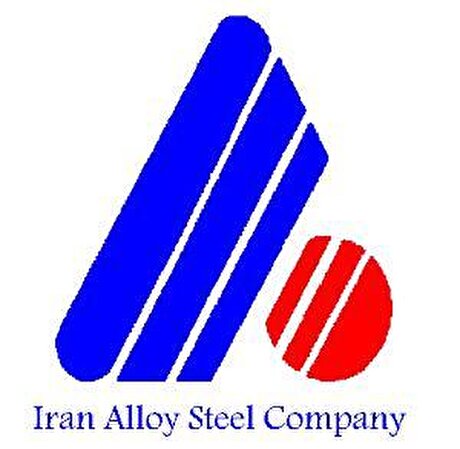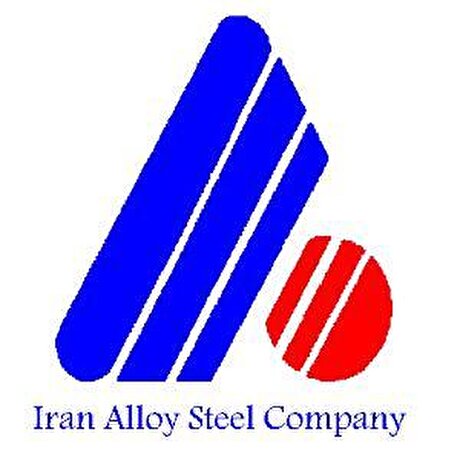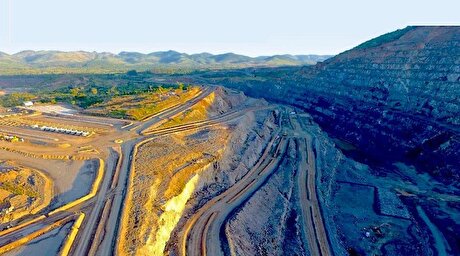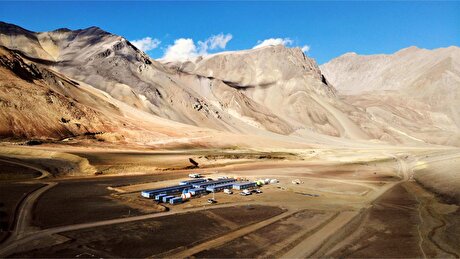
Abandoned copper mines embraced as fast track to boost output
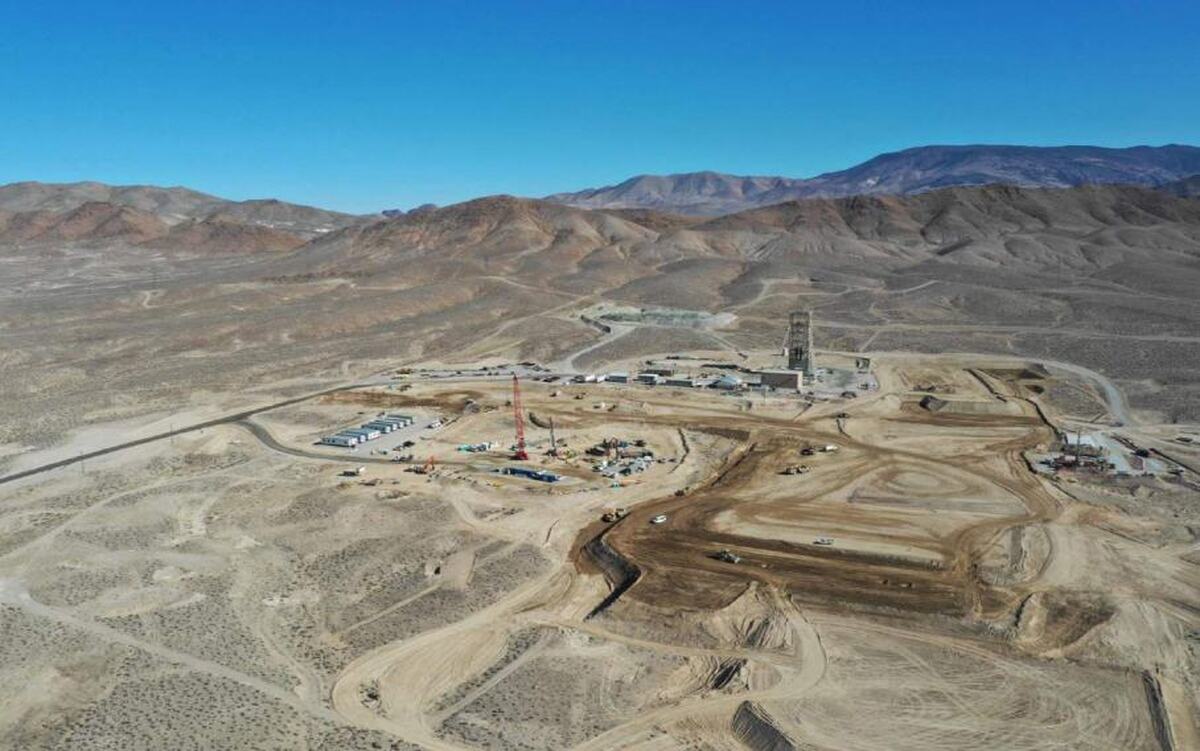
According to me-metals cited from mining.com, The call for copper is poised to surge in coming years due to its role in electric vehicles, renewable energy and data centers for artificial intelligence. Demand is expected to outstrip supply by 1.7% in 2035, and copper prices have scaled record highs this year.
So companies are looking to revitalize older mines.
Typically, it takes at least 10 years and as much as $5 billion to build a copper mine from scratch. Once companies raise capital there are other challenges. Local communities have opposed mining projects from Panama to Serbia.
A Reuters analysis of at least four shuttered copper mines in the process of being restarted shows their owners trying to open a speedier pathway to supply around 7 million metric tons of metal in the next five years, adding to 30 million tons of output expected by 2031.
Rehabilitating old mines “taps into investor sentiment that it is going to be easier, and it is easier,” said Daniel Bornstein, a partner at McCarthy Tetrault which has advised miners on rehabilitation.
One example: Selkirk First Nation in Canada’s Yukon Territory this year took over a mine in Yukon, Canada that was shuttered by Minto Metals last year. It had produced 226,000 tons of copper but shut after being declared bankrupt.
The Minto mine is among the first mines in Canadian history to be bought by an Indigenous group. Details of reviving it with help from external operators are still being worked out in negotiations with creditors. The mine needs two years of work for production to start, court documents showed.
In Canada’s Quebec province, Doré Copper Mining, acquired by Australia’s Cygnus Metals, is reopening a site that has been dormant since 2008. In Spain, Denarius Metals is rehabilitating its Aguablanca mine after a seven-year hiatus.
Nevada Copper Corp, taken over by private equity firm Kinterra Capital in August, is ready to restart its Pumpkin Hollow underground mine after it emerged from Chapter 11 bankruptcy protection this year.
Nevada Copper operates both underground and open-pit mining. It changed hands several times as investors jumped in to unlock its open pit potential after feasibility studies pointed to higher ore grade material.
“We see long-term value in the open pit project. And once we do the institutional work and develop project financing for it, we think major mining companies will be interested in buying the project from us,” said Kamal Toor, co-managing partner at Kinterra Capital.
Total volume at Nevada Copper is estimated at 3.5 million tons. The underground mine is essentially a restart, Kinterra co-managing partner Cheryl Brandon said, adding the open pit operation could be producing by the second half of this decade, ranking among the biggest in the US.
Doré’s Chibougamau mine in Quebec operated from the 1950s until it closed in 2008. In 2019, new owners took the company public as copper prices surged. It has the highest grade of copper in North America, said Ernest Mast, Doré’s chief executive who had been leading the now-disputed Cobre Panama mine before it was taken over by First Quantum Minerals.
With a capital cost of C$180 million ($133.26 million), Chibougamau is one of the lowest-cost projects, Mast said. The company expects to start production by 2027.
Denarius, a Toronto-based junior miner with assets in Spain and Colombia, cited surging global prices for the decision to revive its Aguablanca nickel-copper operation. Lundin Group shuttered it in 2016 when nickel prices collapsed.
“Mines don’t disappear; our mine in Spain has operated since the Roman times,” Denarius chief executive Serafino Iacono said. “What changed was the price of the commodity.”
Denarius has an initial nickel and copper concentrate output target of 90 tons by the end of next year, Iacono added.
Denarius has signed Trafigura and Boliden as off-take partners, betting on a target price of $1,750per tonne for nickel and $10,000 per tonne for copper. Mine rehabilitation costs are estimated at C$15 million.
Challenges
Despite surging demand, efforts to renew the mines could be complicated by issues such as cyclical commodity prices, smelter charges and availability of skilled labor, said Rob McLeod, CEO of Nations Royalty, founded by the Nisga’a Nation in British Columbia.
Already, weaker demand from China has led some investors to raise bets on lower prices . Goldman Sachs slashed its target copper prices recently to $10,500 a ton from $15,000 previously.
Producers face the challenge of timing production to match desired prices, Doré Copper’s Mast said, citing difficulties around securing finance to finish construction.
“When you restart an old mine, the belief in the market is that you can bring this mine on quickly. The reality has been sometimes different,” McCarthy Tetrault’s Bornstein said.
Even when old permits are in place, governments require miners to start from scratch, and obtain a full suite of permitting, he said. He also cited legacy environmental and social issues associated with abandoned mines built on Indigenous land.
Concerns of Indigenous communities are usually “not an unsurmountable obstacle, but an obstacle that you have to take into account as it could be more difficult to build a relationship,” Bornstein said.
($1 = 1.3507 Canadian dollars)
source: mining.com

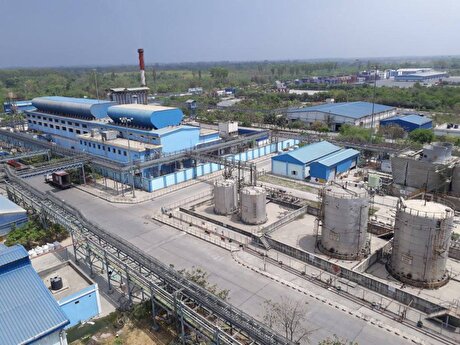
Hindustan Zinc to invest $438 million to build reprocessing plant

Gold price edges up as market awaits Fed minutes, Powell speech
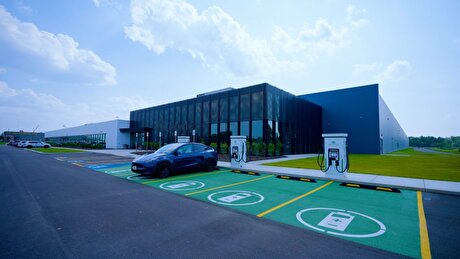
Glencore trader who led ill-fated battery recycling push to exit

UBS lifts 2026 gold forecasts on US macro risks

Roshel, Swebor partner to produce ballistic-grade steel in Canada
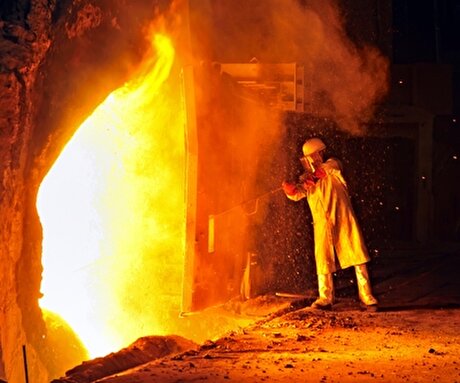
Iron ore price dips on China blast furnace cuts, US trade restrictions

EverMetal launches US-based critical metals recycling platform
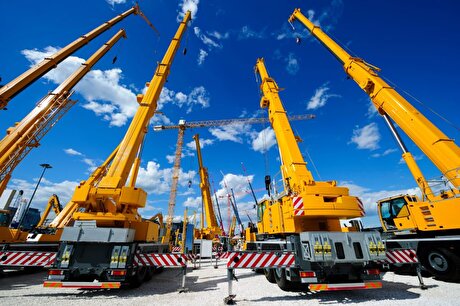
US hikes steel, aluminum tariffs on imported wind turbines, cranes, railcars
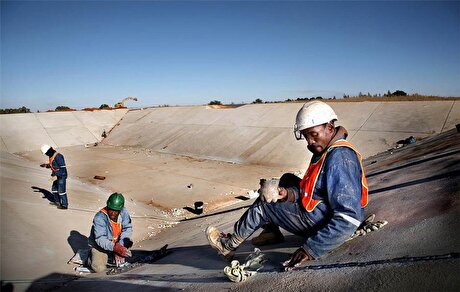
South Africa mining lobby gives draft law feedback with concerns

Trump raises stakes over Resolution Copper project with BHP, Rio Tinto CEOs at White House
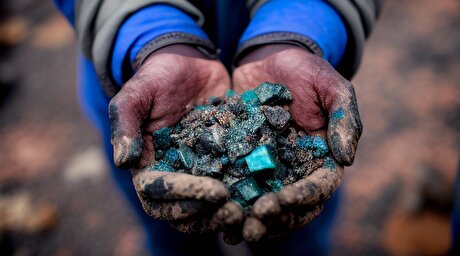
US seeks to stockpile cobalt for first time in decades

Trump weighs using $2 billion in CHIPS Act funding for critical minerals
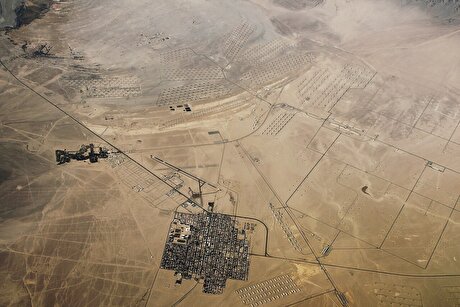
Nevada army depot to serve as base for first US strategic minerals stockpile
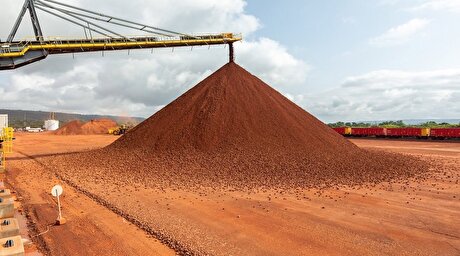
Emirates Global Aluminium unit to exit Guinea after mine seized
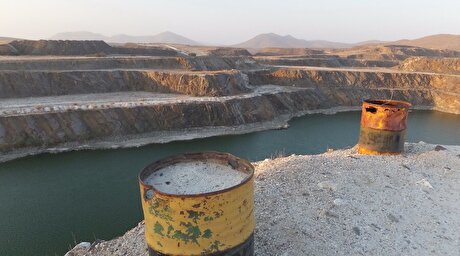
Tailings could meet much of US critical mineral demand – study
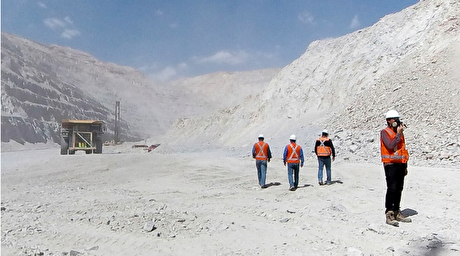
Codelco cuts 2025 copper forecast after El Teniente mine collapse
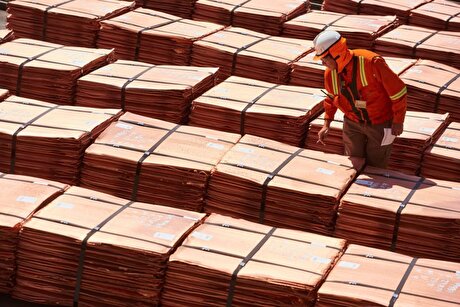
Glencore targets 1Mt of copper in Argentina over coming decade
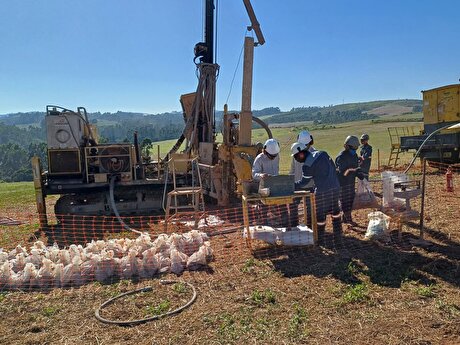
Viridis unveils 200Mt initial reserve for Brazil rare earth project
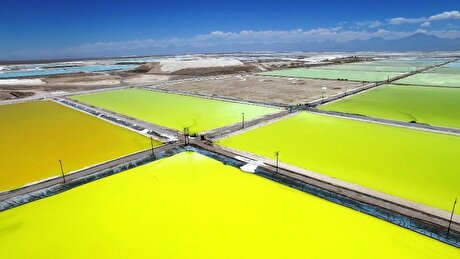
SQM boosts lithium supply plans as prices flick higher

US seeks to stockpile cobalt for first time in decades

Trump weighs using $2 billion in CHIPS Act funding for critical minerals

Nevada army depot to serve as base for first US strategic minerals stockpile

Tailings could meet much of US critical mineral demand – study

Codelco cuts 2025 copper forecast after El Teniente mine collapse

Glencore targets 1Mt of copper in Argentina over coming decade

Viridis unveils 200Mt initial reserve for Brazil rare earth project

SQM boosts lithium supply plans as prices flick higher
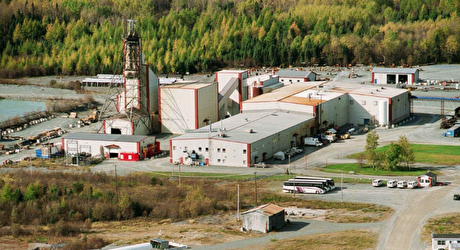
Abcourt readies Sleeping Giant mill to pour first gold since 2014


